You ride a bike because you want to do your bit for the environment, right? You’re aware of your carbon footprint, and although what secretly pushes you onward is the thrill of the thin layer of rubber between you and utter destruction, you’re smugly satisfied at the fact that you’re also doing good. But your green justification might not be the sure thing you think it is.
Do you know where your frame was manufactured? How far it travelled to the bike shop where you picked it up? How about that snazzy little CO2 canister you like to use when you have a puncture? And how, exactly, do you get to that fun bike trail where you like to spend your Saturday afternoons?
That eco-happy little daydream of yours could be as full of holes as a fine piece of Emmental.
But before you tearfully lift that carbon frame back onto its pegs and break out the gas-guzzler, let’s break it down and have a look at the worst case scenario. The situation might not be as dire as you think.
First question: do you ride an e-bike?
If you do then yes, you’re technically leaving a smaller carbon footprint than, say, a Mack Truck, but please don’t tell me you do it to be green. First thing you’re looking at is a Lithium-ion battery, most likely 36v. I’ll spare you the technobabble about how exactly the battery works — what you need to know is that not only does it have a carbon footprint all its own, manufacturing it calls for nasties like cobalt and nickel compounds. Bad for the environment and the poor schmuck who’s putting it together.
There’s also the tiny detail of needing to be recharged with electricity manufactured, depending on where you live, from good ol’ fossil fuel. You bought your e-bike to be eco-friendly you said? Go back and read what we said about the thrill of the ride.
So your bike has an aluminium frame?
Better, but still not awesome sauce. You’re on the right track with aluminium; it’s light and it’s strong, exactly what you want in a bike frame. Right? Well yes, but it’s also excavated by means of open-pit mining and takes a phenomenal amount of energy to process it into a usable form.
But aluminium is lighter, you cry, and lighter is better. I don’t like to contradict you, but aluminium isn’t much lighter than good steel. The main difference is that aluminium tubes are thicker than steel tubes — not any great benefit to you, but easier to manipulate for those computer-controlled robots in the mass-production factory we told you about.
And yes, aluminium can and should be recycled pretty much anywhere. Unfortunately for your eco-dreams, though, for structural reasons the recycled stuff can’t be used for your bike frame. So it’s back to that open pit mining.
The biggest drawback with your aluminium framed bike is fatigue. No, not yours even if it is lighter than the Brawny Beast of your childhood. An aluminium frame is good for 5 or 10 years’ use if you’re lucky. Which wouldn’t be so bad if you had the option to repair, but the aluminium framed bike’s initial low cost is balanced by the fact that it just isn’t cost effective to repair. Which means starting the manufacture cycle all over again.
Well how about carbon fibre then? Or titanium?
Okay, if we’re talking cool factor then you’re winning already. Light, reassuringly expensive and ridden by all the top names, you have to be on the right track in the green stakes, correct?
Well, not necessarily. Let’s look at titanium first. We have to agree that your titanium frame won’t rust or corrode and, treated right, will last a lifetime. On the other hand, though, titanium is difficult to extract and notoriously difficult to weld. We’re talking mucho wastage, people.
But then there’s carbon-fibre, the pro’s darling. It’s light, strong, and it’ll make your biking friends drool with envy. But apart from its tendency to fail catastrophically at the worst possible moment, the emissions it releases when it’s being manufactured would make that Lithium-ion battery proud. Add the fact that the totalled frame can’t be recycled once you’ve crashed it and the only green is the envy on your bike-friend’s face.
Ah, steel is the way to go then, you cry
Let’s crack out Grandma’s old, black monstrosity and hit the trails.
And you’d be right, in part at least (but not about Grandma’s old, black monstrosity, okay?). First thing, steel releases only a third of the CO2 emissions of aluminium in the production process and is 100% recyclable. Grandma’s winning already!
Second thing is that it lasts forever. No to be clichéd, but if you take care of your steel frame then she’ll take care of you for pretty much as long as you need her to. When your hipster, carbon-riding neighbour is on his third frame you’ll still be riding high on your old faithful. She might even end up on a peg beside Grandma’s one day. And, even better, when you misjudge a turn and take an inch of skin off your hide you can repair it cheaply and safely to good as new.
Third and more important, if you’re buying a steel-framed bike today then most likely it’s a custom job.
Which means that it’s measured a hundred ways from Friday to fit you perfectly. And that means that it’s comfortable. Don’t underestimate comfort, my friend; it isn’t something that’s only relevant to old-lady shoes that Grandma traded up to. When your bike’s comfortable you ride it. And riding your bike every day instead of just for a couple of hours at that bike trail is the greenest way forward that there is.
So what does that leave, exactly?
We’ve just ruled out every material known to bike-manufacturers. Are we back to walking?
Not quite. What we’ve done is point out that even though biking itself is the eco-warrior’s darling du jour, the equipment you use doesn’t come guilt-free. But don’t panic yet, there are solutions.
For example, how about buying second hand? There are all sorts of options available to you, and so long as you check your prospects out properly you can be on to a winner. Could you possibly be any greener?
How about a wooden bike?
Yes, there is such a thing. Yes, they really are a viable option. And yes, they look good.
Surprisingly, wood isn’t just used in frame manufacture to make the eco-friends happy. Wood has outstanding shock and vibration damping properties, is tough, more durable than metal and less likely to fail half-way down a mountain than carbon. And it’s sustainable.
In fact, if you opt for bamboo, not only might you have a negative carbon footprint but you could actually build the thing yourself. How’s that for green? All you need to do now is figure how to get your titanium-riding friends to stop laughing for long enough to hear all about it.
Using your bike
So you’ve chosen your bike, gritted your teeth against the environmental impact of manufacturing it (admit it, you aren’t riding a bamboo bike are you?), and you’re ready to offset your environmental impact by using it every day. So you’re in the clear, right?
- First question: tell me about punctures. Those nifty little CO2 inflators are a lifesaver, taking all the work out of pumping like a maniac half-way up a mountain. However, even though the manufacturers will try to ease your conscience by telling you that the cartridges are made from entirely recycled material, but that really isn’t the point, is it? Releasing that CO2 into the environment just because you’d prefer not to pump is not an environmentally friendly decision, now is it?
- Second question: how exactly did you get to that bike trail? Did you drive your fossil-fuel using dinosaur, with the bike attached outside to decrease aerodynamics and, therefore, fuel efficiency? Did you really? To be eco-friendly you use your bike to get around, not just to have fun when you get there. Enough said.
- Third question: what are you wearing? No, we’re not digressing, it’s a legitimate question. Do you know the carbon footprint of that rainproof jacket you’re wearing? Or your shoes? And, tell me, how often do you wash your clothes? There’s a lot more to think about than you’d expect.
- And finally: where are you riding? Do you tear through meadows of rare wildflowers like a hooligan, leaving destruction in your wake? Do you take corners too tightly, skidding and damaging the track? You do? Shame on you! Choosing a low-impact bike and a zero-footprint jacket doesn’t excuse you from responsible biking. That isn’t even eco-friendly biking, that’s just basic guidelines for not being a douche. But you know that, right?
Disposal of your bike
We don’t like to think about it, but your bike has a finite lifespan that will, with luck, be quite a bit shorter than your own. Over her lifetime she’ll give you wholehearted and unstinting service; the least you can do is to provide her with appropriate end-of-life care.
If you cast your mind back to our conversation about the various materials used in manufacture, you’ll remember that steel, and aluminium can be easily recycled almost anywhere. Your faithful machine can look forward to a fruitful second life as a gas-guzzler or even aeroplanes. Does the means justify the ends? Only you can decide.
If your pride and joy is made from titanium then you’re in luck – it’s a little more valuable as a recycling material than steel or aluminium. Not that lucky, though; you’ll still be a long way from recouping your initial investment. But let’s be honest with each other here, you didn’t buy your titanium frame for its resale value, now did you?
Carbon-fibre can’t be recycled in the traditional sense and it doesn’t biodegrade, which makes it anything but green. The industry is trying hard to pretend that it can with promises to re-purpose old frames into ancillary items like brake housings, but we’re all friends here and can take the truth. My suggestion is that you honour the spirit rather than the body of the bike and set it free.
The most eco-friendly thing you can do with an old bike is to pass it on. To your son, your brother, the guy you work with who’s just starting out, even for a small consideration in your local bike shop. Give somebody else the chance to love her like you did.
So now you know
Bike riding is as eco-friendly as you make it. If you’re on your third aluminium frame this year and the other two are dumped at the edge of that mountain meadow you like to drive to, then all you’re doing is tipping your hat to eco-responsibility without doing any of the work. Not cool. If you ever get confused, you can take advice from bike rental places.
The zero carbon footprint shoes are nice, the bamboo bike is nice (honestly!) and that carbon-frame sculpture is nice (no, honestly!), but what really counts is using your bike every day. After all, you’ve worked back its initial carbon footprint after about the first 400 miles.
Also Read: Best Hybrid Bikes For Women: Find Top Brands Reviewed And Ranked
Should you have any questions or require further clarification on the topic, please feel free to connect with our expert author Tue Lindblad by leaving a comment below. We value your engagement and are here to assist you.




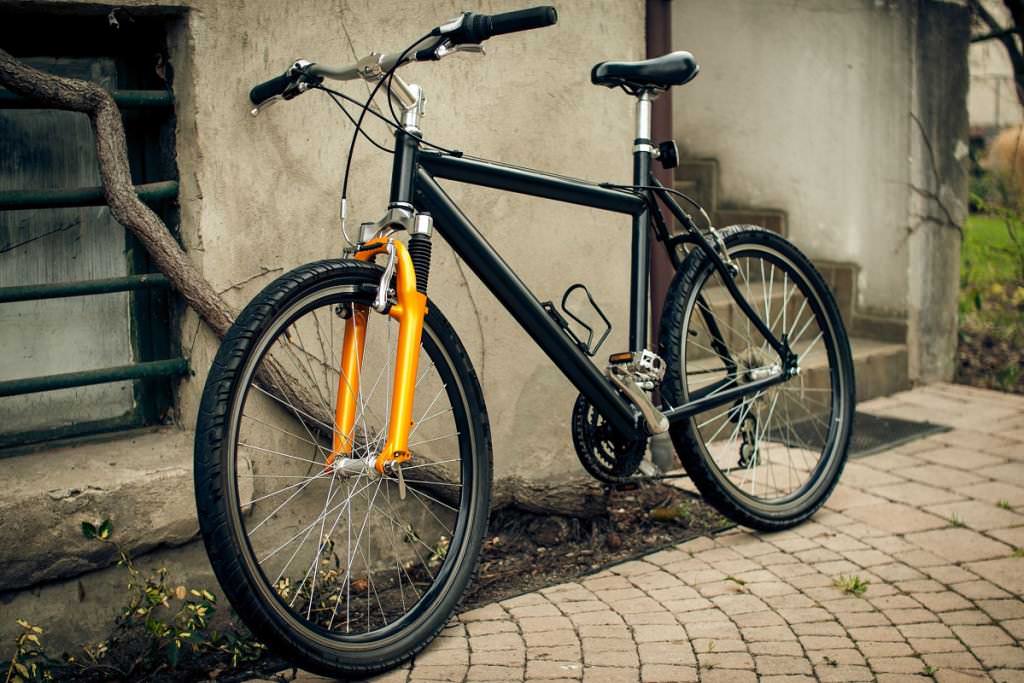
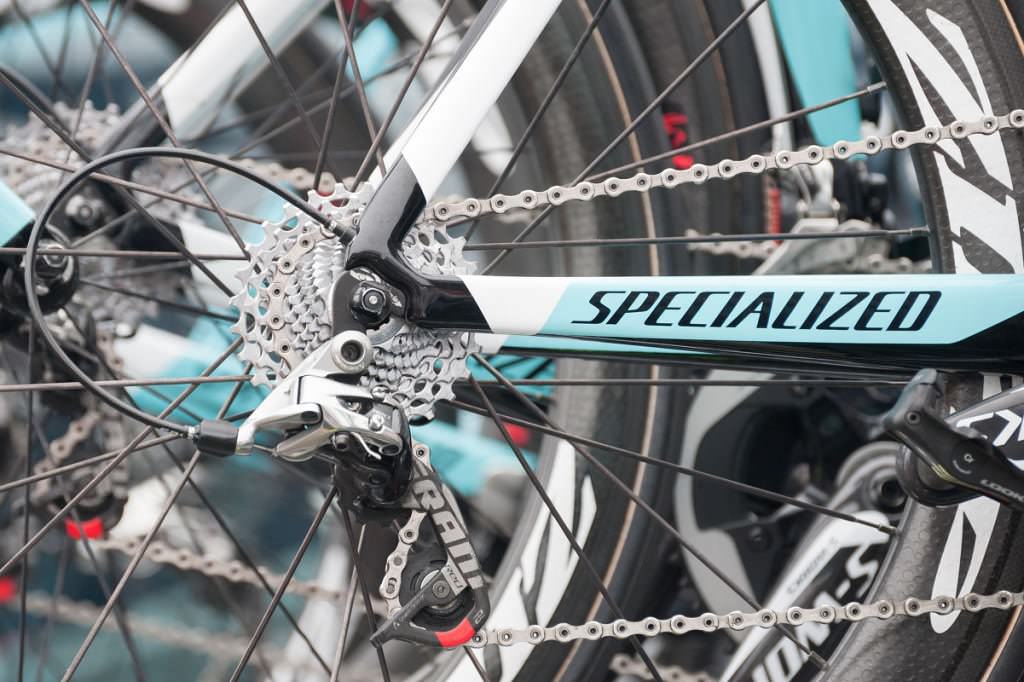
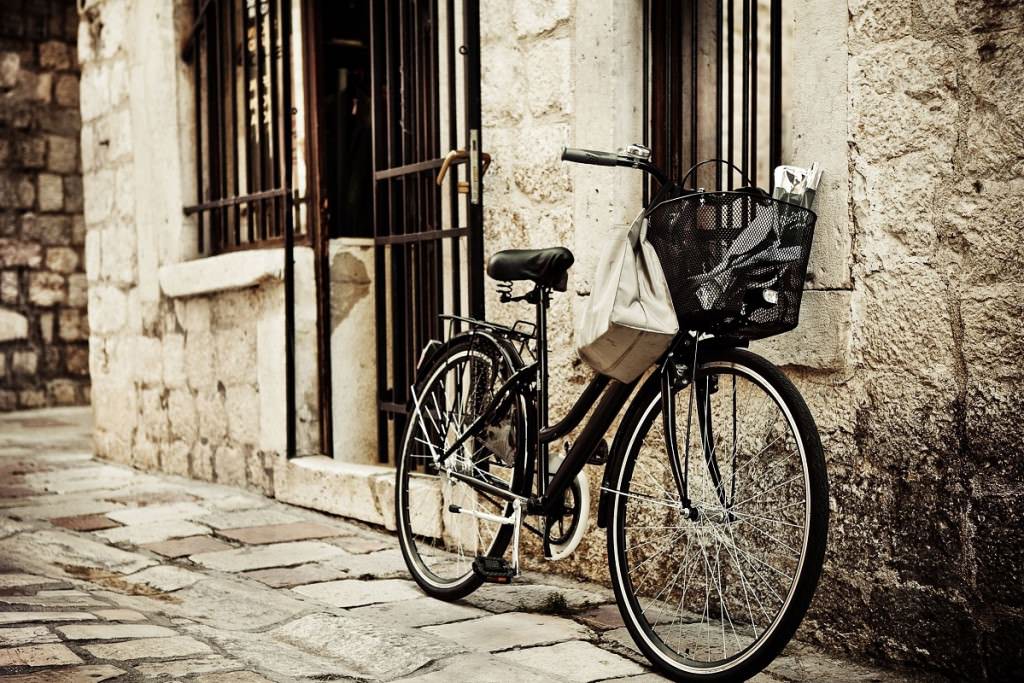
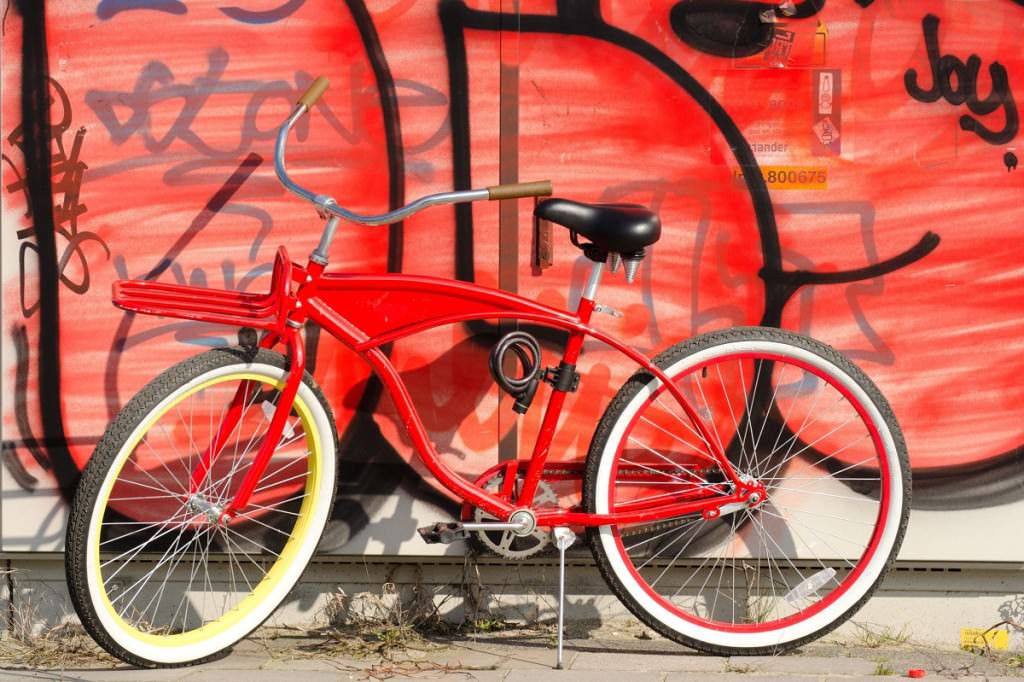


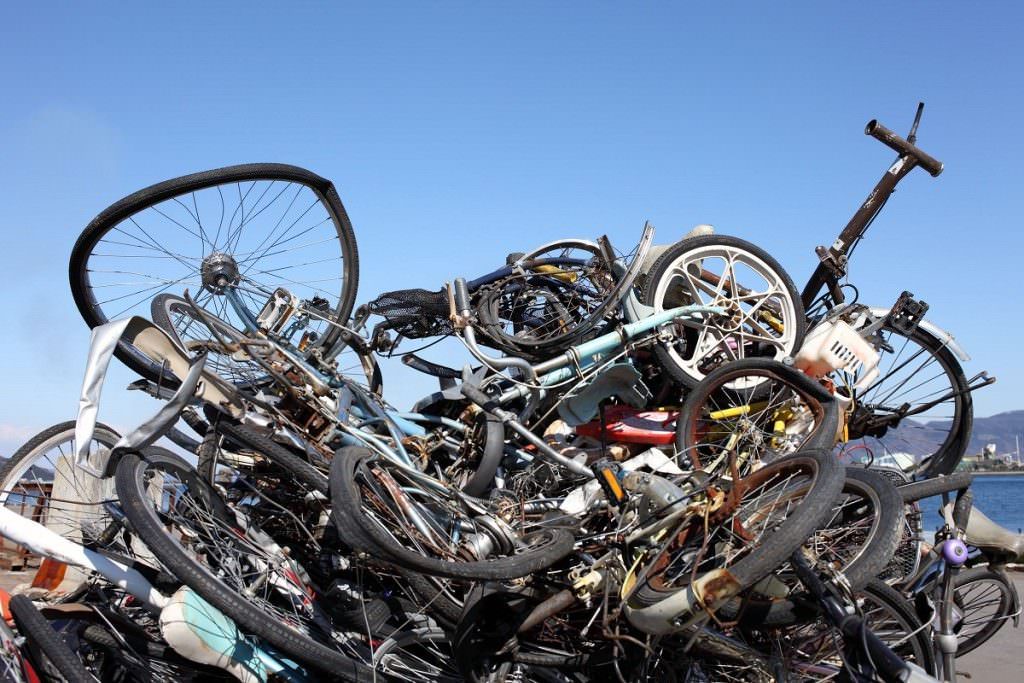
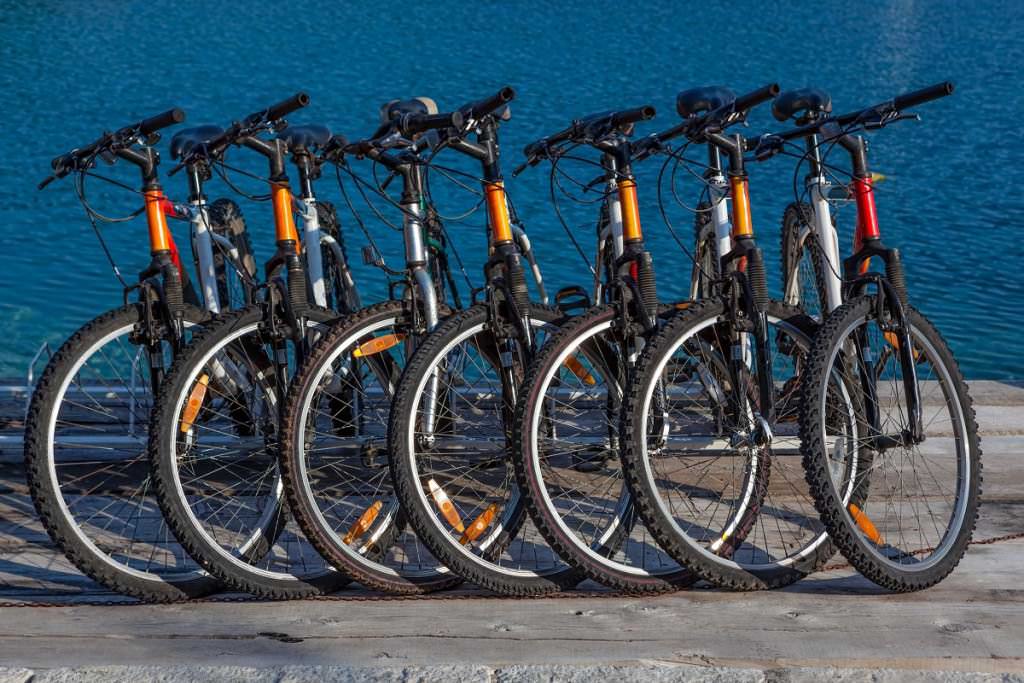
14 thoughts on “Is Your Bike As Eco-friendly As You Think?”
When claiming to be an eco-warrior, the first step is to embrace your own hypocrisy and mediocrity.
There is no such thing as carbon neutrality in today’s world, we haven’t got the technology yet. As for bamboo bikes being a negative carbon footprint, that’s a fairy-tale… The guy who wrote the article was only taking account the frame manufacturing and not the entire product life-cycle.
How will the entire product life-cycle make the carbon footprint worse? I would imagine that the frame manufacturing was the most damaging part of the life-cycle.
You wrote a great post. In thinking of the life cycle, I’d forgotten about washing clothes.
But you forgot about eating food. Riding a bike burns more calories than riding a car. The extra food to provide those extra calories is the bike’s fuel, just like gas for a car, and producing that extra food emits about 0.15 pounds CO2e per mile, compared to only 0.04 to make the bike. I figured a $750 bike lasts 20,000 miles, a $1500 bike lasts 40,000 miles, etc., which may be optimistic.
And if you travel on a bike lane, even heavily used, building that lane, divided by all the bicycle miles ridden on it, emitted 0.05 pounds CO2e per bicycle-mile.
Electric bikes emit more CO2e to build and recharge, as you said, but need less food, and the total (without clothes washing) comes about the same: 0.18 pounds CO2e/mile (plus bike lane if you use one), which is 0.05 kilos/kilometer.
Compare:
0.47 kilos CO2 per passenger-km on flights of 800 or 13,400 km (short and long flights are inefficient)
0.35 kilos CO2 per passenger-km on flight of 1,300 km (most efficient distance)
0.37 kilos CO2 per passenger-km on cruise
0.34 kilos CO2 per kilometer in a 12 kpl (8l/100km) car, driving alone
0.28 kilos CO2 per kilometer in a 17 kpl (6l/100km) car , driving alone
0.20 kilos CO2 per passenger-km in local bus (not full much of route)
0.13 kilos CO2 per kilometer bicycling on bike lane
0.11 kilos CO2 per passenger-km in a train
0.07 kilos CO2 per kilometer in a 17 kpl (6l/100km) car, 4 people sharing car
0.05 kilos CO2 per kilometer bicycling without bike lane
0.05 kilos CO2 per passenger-km in long distance bus (generally full)
Metric and non-metric measures are at http://CO2List.org. Bike calculations are in http://xls.CO2List.org, Click Products tab at the bottom, and see lines 325-375.
Very interesting and insightful. Good to see the bike is still the winner even when you add the CO2 cost of food to the mix (it’s good to know that this guy is wrong and will always be wrong, http://www.seattlebikeblog.com/2013/03/02/state-lawmaker-says-bicycling-is-not-good-for-the-environment-should-be-taxed/)
Although you gave some good factual information I felt that perhaps there were too many negative presumptions on why, where, what, when and how people are riding.
I believe it is important to not discourage people from getting out there and making changes. Small changes add up and lead to big changes.
I would like to speak to your section on e-bikes, as this is what we specialize in here at Green Street.
1) Most people understand that when choosing this option it is not a zero footprint, however it is Considerably less than not just a Mac truck, but also an electric car.
2) Because of the power assist option people are more likely to ride more and go further. There is no need to worry about ideal conditions or crazy unavoidable hills.
3) Extra cargo – before my electric bike I wouldn’t even consider attaching my trailer, paniers and baskets to tackle the mean loads I put on my electric bike. To be honest, I’m just not strong enough to do it on a reg. bike wooden or otherwise. This keeps me out of my car. No more excuses…..I have too much to do or carry.
4) One very important point many strong, healthy cyclists don’t realize is, what happens when you get older? or, heaven forbid, sick. Does that mean you have to put your cycling days behind you?
Many of our customers are baby boomer’s who were avid cyclist but now find health issues like hips and knees make regular cycling impossible, however, with a power assist option they’re still rolling and loving life.
5) Myself and many other power assist bicycle enthusiasts have gone from being fair whether riders to everyday transportation riders. This has to be considered a much better option for our beautiful planet.
It would be a very difficult challenge to lead a zero footprint life, heck these computers we’re using to correspond back and forth with are certainly not ideal for the health of our planet, however, they have certainly cut back on paper use, snail mail…etc,etc,etc….
I feel it important that we not discourage or chastise people for not being 100% perfect in their efforts to lead a greener lifestyle. Shooting for perfection all too often leads to overwhelm and complete inaction. Which is something I don’t think is either of our intentions. Instead lets celebrate all the small changes we make. Going green is not an all or nothing proposition, It’s more of a transition.
All the Best,
Angella –
Good point that bikes have less footprint than an electric car. Too many people think electric cars are environmental friendly, but what they do is just to move the pollution from the streets to where the electricity is produced.
We are actually almost done with an article where we compare electric cars and bikes, so stay tuned for that one.
The comments about the extra food needed to ride a bike don’t make much sense to me when I consider that I eat about the same amount week in and out and it doesn’t seem to matter whether I’m riding 30 km into town and back or not (which I do about 3-4 times per week). I would probably eat the same amount whether I drove my car or rode my bike because I am basically an actively retired man of 63. I can imagine that if I was riding all day every day for a week, I might burn more calories than I normally do. However, on a normal day to day basis it doesn’t make sense to consider food as any more than a maintenance requirement for a healthy body and life style.
@Mads I totally agree with you.. Electric cars are just the lesser evils. I will be looking forward to the article.
I found this article on Copenhagenization and I think they explained it pretty well. http://blog.getfitso.com/copenhagenization-trend/
@Angela I think a cycling enthusiast like you would enjoy this blog :
http://blog.getfitso.com/
This is one of the most annoying articles I have read in a while. NOTHING is environmentally neutral, life requires resources and the hyperbolic comparisons made in this article help nothing (comparing a e-bike to a mack truck? find me ANY passenger car sold that takes less energy to produce and less energy to drive than an e-bike… way to try and shame people for potentially wanting help when riding a bike. My parents are in their 70s and simply aren’t going to ride around on a ‘standard’ bike. Should I tell them to ditch the e-bike and get back in their car?).
Also why harp so much on the production process? No matter how much aluminum or steel goes into my bike find me the car that uses less. Washing clothes? Should people no longer exercise?? The world and everything in it is far from perfect but I can’t think of any bike setup that is more harmful to the environment than using a car. If a significant number of people can be enticed to switching from cars to carbon fiber & aluminum e-bikes complete with fancy waterproof gear and li-ion lights I think the environment will be in much better shape…
This article is bananas. If you factor in food, walking barefoot isn’t even carbon neutral. The point is to be better than we currently are and to reduce emissions. Please don’t tell me you wrote this in the name of sustainability.
Any way for me bicycles are better. It is more fun than a car.
I thought this was a pretty poorly thought-out article when you look at things from the big picture. Do bike damage the environment? Yes, they do. People are going to travel regardless, so you have to choose between biking or another form of transportation. You need to take into account those other factors when deciding. Compare the cost of production of a bike to a sedan. You’ll find the sedan costs way more environmental resources than does the bike per mile of transportation. It’s such a silly argument you’re making here. If we followed your logic, the only thing we could do is walk to and fro. Of course, don’t forget to take into account the environmental impact of your shoes and socks.
Hardwood furnishings possesses one thing extremely all natural about it.
There is this sense of heat, of attributes as well
as of sophistication that may be be found in wood home furniture.
Wood is born coming from the planet.
This is just a funny article, written about bikes….
Well, if you really want to see the big picture, could you do the same analysis for cars? Production of cars with parts such as different kinds of metal (and perhaps aluminum or similar metal), oil, rubber, plastic, foam, etc.
You wrote about aluminum production of the bike or other material….well… how about cars? They have a LOT more parts, different kinds of metal (and perhaps aluminum or similar metal somewhere), oil, rubber, plastic, foam, etc. to build. That’s why production of any car (whether electric or non) has a HUGE amount of emission, not even comparable to bikes….. Logic is pretty simple for that: it has more stuff, shipped and built in different part of the world, and put together with such a high technology and delicacy.